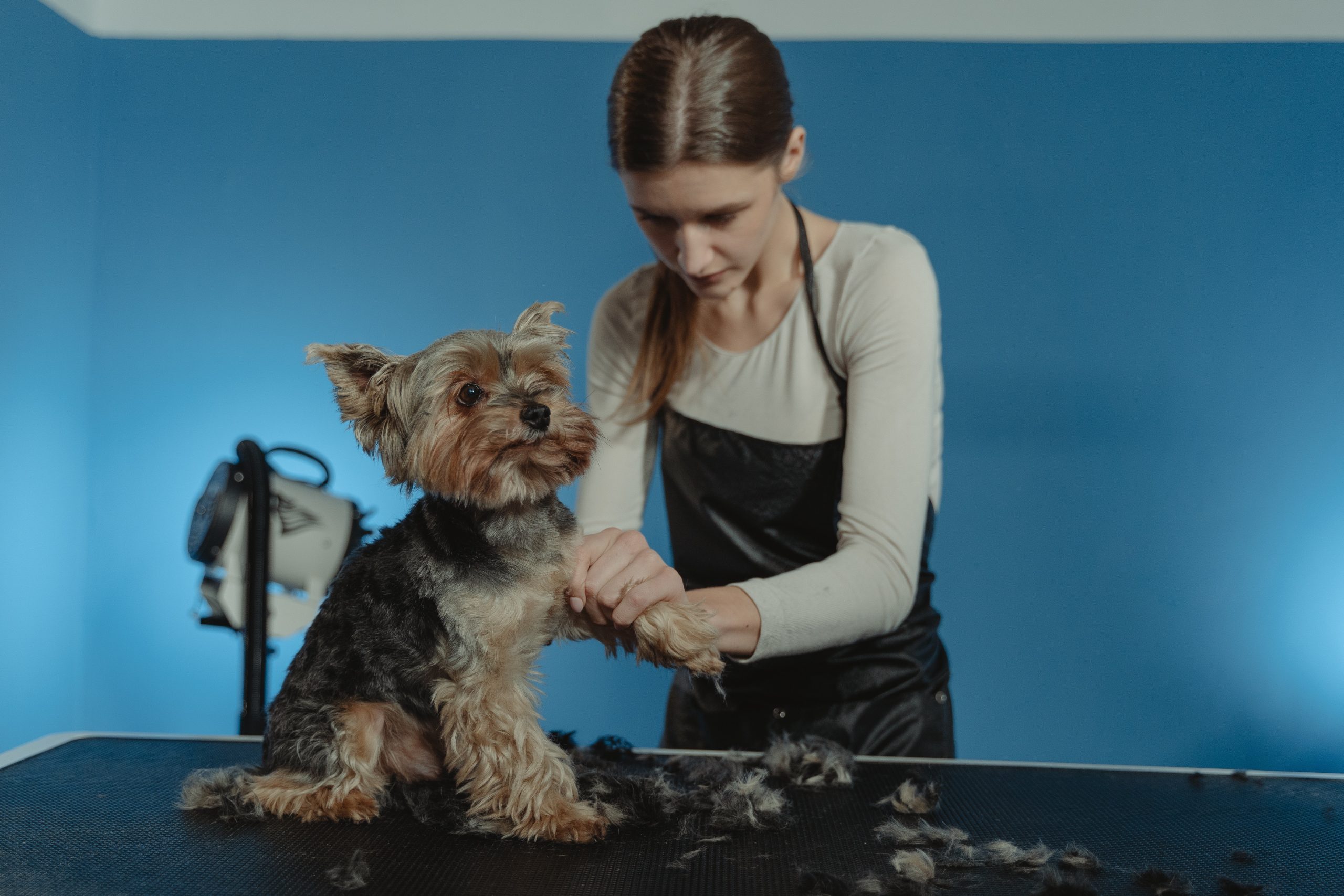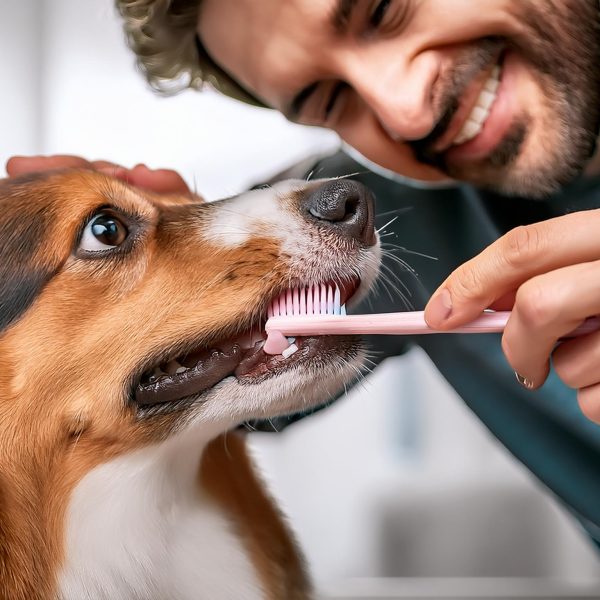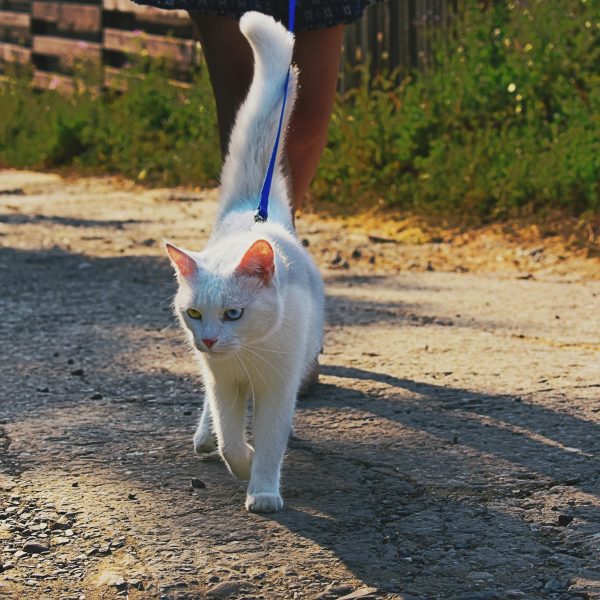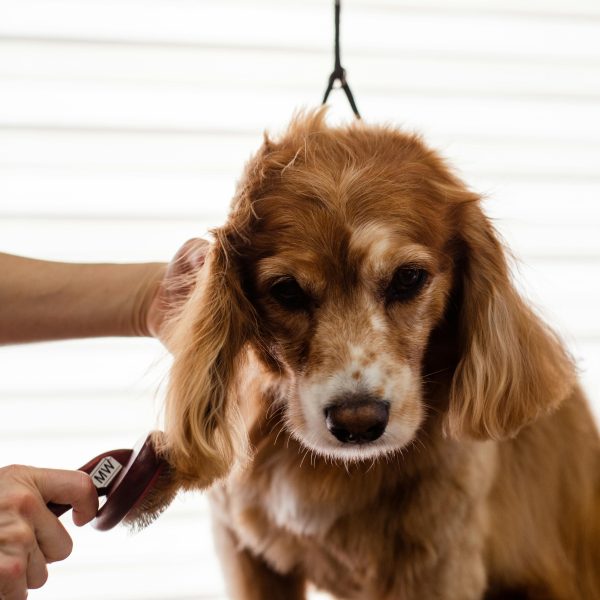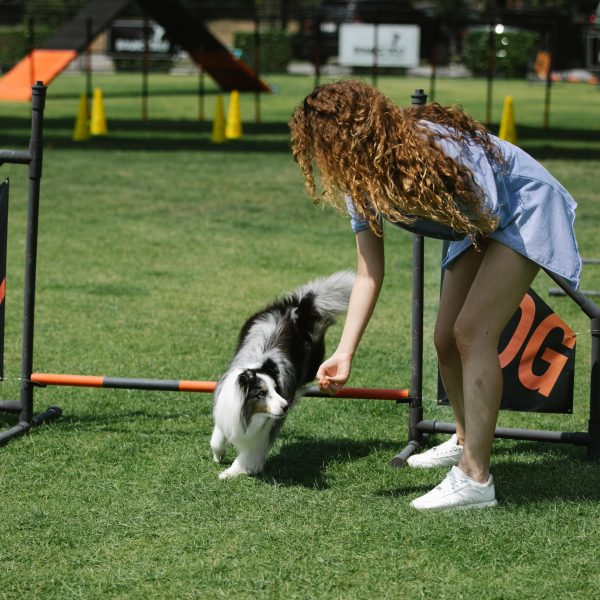Grooming our beloved pets is not only about enhancing their physical appearance, but also about promoting their overall well-being. Whether we share our lives with a dog, cat, or any other furry companion, proper grooming helps maintain hygiene, prevents skin and coat problems, and strengthens the bond between us and our pets. However, the grooming process can sometimes be a source of stress for our furry friends, leading to anxiety and resistance. To ensure both the safety of our pets and the effectiveness of the grooming session, employing proper techniques for handling them during this process is crucial.
Understanding Our Pets’ Needs and Behavior
Before delving into techniques for restraining pets during grooming, it is essential to recognize the significance of understanding each pet’s unique needs and behavior. Every animal has its own temperament, sensitivities, and preferences that greatly influence their response to grooming. Therefore, a skilled groomer should invest time in interacting with the pet to gauge their comfort level and establish trust. This initial interaction forms the foundation of a positive grooming experience.
Positive Reinforcement and Distractions
One effective approach to handling pets during grooming is through positive reinforcement and distractions. To make pets feel more at ease during grooming, it can be beneficial to offer treats, toys, or verbal praise. This positive association gradually encourages them to become more cooperative over time. If a pet becomes anxious about grooming tools, such as clippers or scissors, employing distraction techniques to redirect their attention can be helpful.
Appropriate Restraint Tools
In cases where positive reinforcement and distractions prove insufficient, using appropriate restraint tools becomes essential to ensure the safety of both the pet and the groomer. These tools are specifically designed to limit movement and prevent injury during grooming. However, their usage must be judicious and limited to instances where necessary, to avoid causing additional stress or anxiety. Common examples of restraint tools include loops, tables with safety harnesses, and muzzles.
Positioning and Restraint Techniques
When employing restraint techniques, the well-being of the pet remains paramount while allowing the groomer to perform their tasks effectively. These techniques involve positioning the pet in a way that minimizes stress and anxiety. For instance, one method involves wrapping a towel around the pet (known as the “burrito wrap”) to keep them secure and calm. Similarly, the “cat bag” technique employs a specially designed bag to safely restrain cats during grooming sessions, prioritizing the safety of both the cat and the groomer.
Two-Person Approach
For particularly anxious pets, employing a two-person approach can yield positive results. This approach entails having one person gently hold and comfort the pet while the other person carries out the grooming tasks. Not only does this method minimize stress for the pet, but it also enhances the groomer’s ability to work efficiently and precisely.
Gradual Desensitization
The technique of desensitization involves gradually introducing pets to grooming tools and procedures, helping them become accustomed to different sensations and sounds. Beginning with positive interactions like touching and handling paws and gradually progressing to more involved tasks such as brushing and trimming can help build tolerance over time. While patience and consistency are required for this technique, it significantly improves pets’ comfort during grooming sessions.
Professional Training and Certification
Professional groomers undergo comprehensive training programs that equip them with the skills needed to safely handle pets during grooming sessions. These programs cover various techniques, including restraint methods and effective handling of anxious pets, ensuring safety for both animals and groomers alike. Hiring a certified groomer is crucial to ensure that pets receive the care and attention they need during grooming sessions.
Communication and Consent
Effective communication plays a pivotal role in handling and restraining pets during grooming. Pet owners should be well-informed about the grooming process, including any techniques or tools that might be used for restraint. Groomers should always seek consent from the owners and discuss any concerns or preferences they may have regarding their pets’ experience. This collaborative approach helps build trust among the groomer, owner, and pet, leading to a safer grooming session.
Conclusion
Safely restraining pets during grooming requires a holistic approach that involves understanding animal behavior, using positive reinforcement, employing appropriate restraint methods, and utilizing gentle techniques. By prioritizing the comfort of the pet, gradually introducing them to the grooming process, and maintaining open communication with pet owners, groomers can create a positive and stress-free grooming experience. These techniques not only benefit the pet but also foster a harmonious relationship between groomer and owner, promoting the overall well-being of the pet while building trust and companionship.


